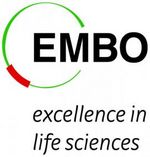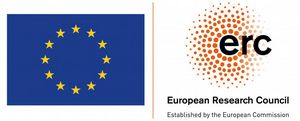Marine Chronobiology

Chronobiology meets Ecology: the marine rhythms of life under the pressure of climate change
Time is a fundamental organizational principle for biological processes. Many organisms are not just passively exposed to temporal changes in the environment, but are able to predict time using internal timing mechanisms (“molecular oscillators”/ “clocks”). In animals, detailed mecha-nistic understanding of such clocks is restricted to the circadian clock (period:~ 24hrs), as it can be studied in “conventional” terrestrial laboratory model species like fruit flies and mice.
However, especially in the marine environment the moon is an important timing cue for numerous species, ranging from brown and green algae to corals, crustaceans, worms, fishes and turtles. The moon acts directly or via the synchronization of inner clocks that can be circatidal (~12.4hrs), circalunidian (~24.8hrs) and circalunar (~monthly).
My lab has spearheaded research into the mechanisms underlying circalunar timing systems, establishing tools and resources for marine animals, including gene knock-outs and transgenesis. We focus especially on Platynereis dumerilii, a widespread marine bristle worm which reproduces by tightly synchronized mass spawning events. By combining detailed light measurements at the worms’ natural marine habitat, the subsequent engineering of naturalistic illumination devices for lab experiments with organismal, functional genetics and biochemical research, we unraveled a molecular mechanism that allows organisms to discriminate between moon- and sunlight. The key molecule involved is a cryptochrome, L-Cry, that depending on light conditions, can assume different biochemical states and localizes to different places in the worm cells’, indicative of different moon- versus sunlight cellular signalling.
While we will further capitalize on this work to unravel the mechanisms of lunar timing and its interactions with other timing systems in the lab, we know that any timing system can only be under-stood in the context of the real environment.
Hence, we currently also work on expanding into a new research field, which will unravel the connections between molecular clocks and environmental dynamics like those arising from climate change. We plan to test ecologically relevant paradigms and also functionally establish ecologically highly relevant marine animal species, such as the key polar calanoid copepod C. finmarchicus, as a molecular model organism for the study of functional marine chronobiology.
By connecting animal chronobiology to marine ecology, our larger vision is to establish a research framework that spans from (i) biochemical, molecular and cellular mechanisms to (ii) behavior and physiology to (iii) ecological interactions, adaptations and models. The integration of our mechanistic insights into ecological climate models will hopefully help to improve the predictions of biodiversity shifts and tipping points in foodwebs.

![[Translate to English:]](/f/5/_processed_/3/2/csm_ICBM-Logo-transparent-_91fe1c6774.png)


